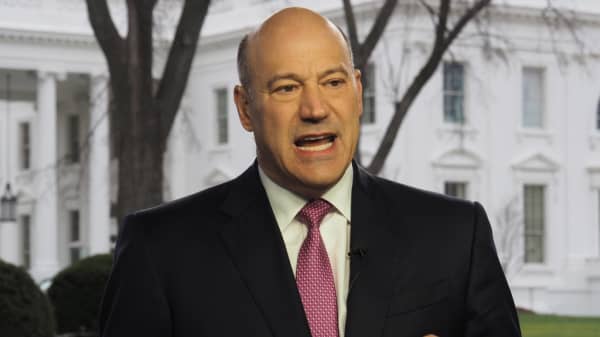The unemployment rate fell to 4.3 percent in May, according to the Labor Department. But relying on that one number as an indicator for the economy as a whole ignores a lot of important information just below the surface.
Each month on "Jobs Friday," the Bureau of Labor Statistics releases a slew of economic data, each point providing its own perspective on the employment situation. Economists look past that one headline number — that 4.3 percent figure, also known as the "U-3" rate — to other measures of jobs in this country.
One of those indicators is the U-6 rate, a measure of unemployment with a broader definition than the U-3 rate. In May, that figure fell two-tenths of a point to 8.4 percent, its lowest level since mid-2007.




